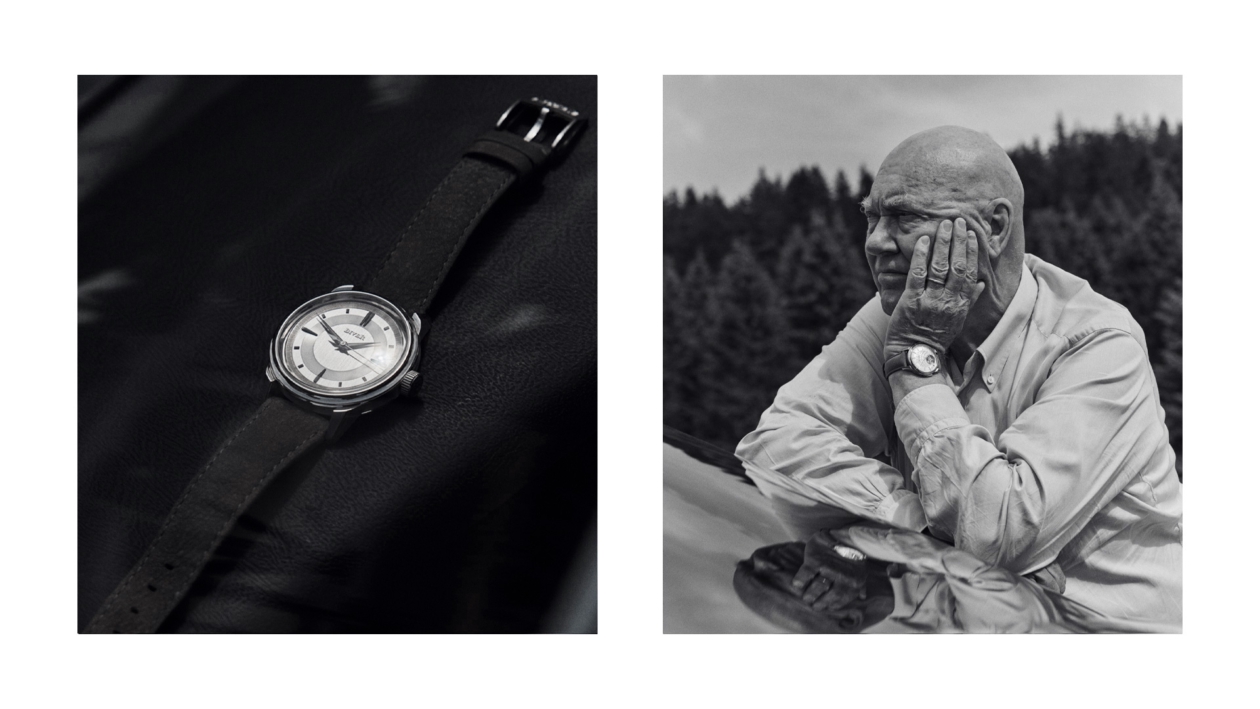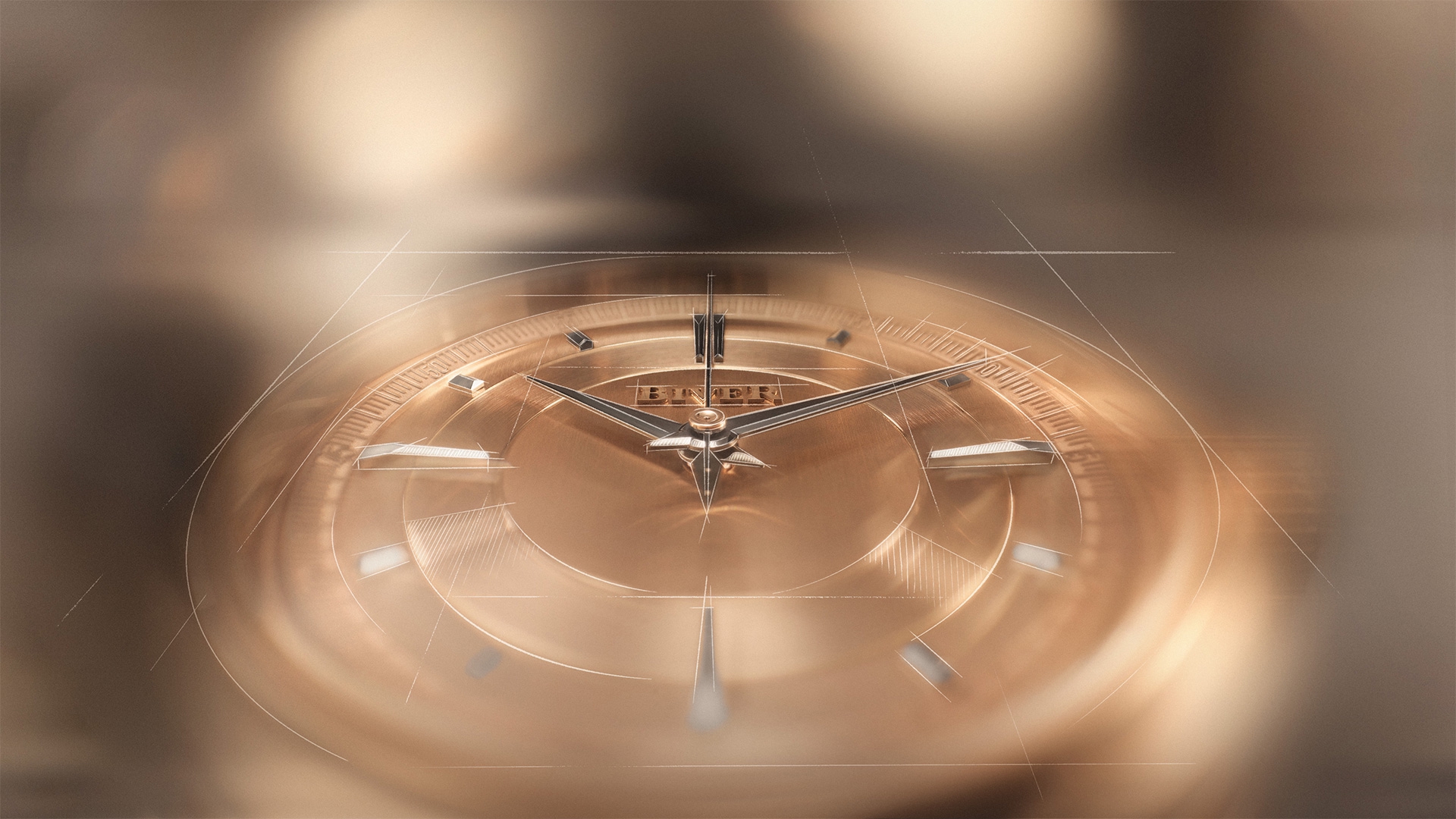Automatique Atelier Series Obsidian
Discover

On a technical level, we had the opportunity to start from a truly blank page.
When Jean-Claude and Pierre Biver first began dreaming up Maison Biver, there were certain things they knew would be important to their fledgling brand. The father-and-son duo understood that a family approach, where everyone’s ideas and experiences are valued, would make the brand greater than the sum of its parts. They also knew that they wanted to take an artistic approach to watchmaking, emphasizing hand-craftsmanship and creativity. But exactly how these things would manifest themselves in watches that customers could wear, enjoy, and collect was something that they could only discover through getting to work and making.

The creation of the Carillon Tourbillon was the first step of this journey, introducing enthusiasts to the brand and allowing the Maison to put its principles into practice. Experimenting with different construction and dial options over the last year has offered further opportunities for solidifying exactly what a “Biver watch” is and isn’t. But the introduction of the Automatique is a massive step forward in establishing a house style that sets Biver watchmaking apart from the rest.
Ultimately, the Maison Biver style can be described as artistic and neoclassical. This means that in addition to being technically excellent, each watch is elevated through the creative use of handcrafts and decoration to make every piece that leaves our workshops a unique object worthy of attention and appreciation. Each watch thoughtfully blends elements of traditional watchmaking that have been refined over centuries, aesthetic touches inspired by our favorite vintage watches, and cutting-edge techniques and designs intended to push horology in new directions.
This perspective manifests itself in every facet of the Biver Automatique. The round case appears relatively traditional at first, but the brightly polished concave bezel and sharply angled lugs lend a contemporary sense of dynamism to the watch. This carries through to the dial, which is inspired by vintage two-tone sector dials. However, instead of simple printing or an applied color treatment, the Automatique utilizes varied finishes to achieve a similar effect while also embracing the inherent qualities only possessed by a solid gold dial.

A similar synthesis of horology past, present, and future can be found in the Calibre JCB-003 movement, as seen through the watch’s wide-open sapphire glass caseback. In the simplest sense, a time-only watch is as traditional as a watch can get. Likewise, the sweeping bridges, with their curved shapes punctuated by bright ruby jewels, reference some of the shapes found in nineteenth century Swiss pocket watches. However, the introduction of a micro-rotor for automatic winding is the first clue that this is anything but a traditional movement. The partly skeletonized components around the keyless works, the various scales of Clou de Paris guilloché work on the bridges, and the ample beveled edges with sculpted interior angles all push the JCB-003 firmly into the territory of avant-garde horology.


As our second watch model, the Automatique also offered a chance to reflect on many of the decisions made with the Carillon Tourbillon and to figure out how they would continue to live on as part of the Maison Biver style. For example, while the core collection Automatique models in platinum and rose gold feature the 18k gold dials with sector-style finishing, the Atelier Series Automatique models draw inspiration from the hard stone dials featured across the different incarnations of the Carillon Tourbillon with their own pair of stone. Whichever you choose though, both the gold dials and stone dials emphasize the inherent beauty of the natural materials from which they are made and how they can be transformed to different effects by the skilled hands of a master craftsperson. They might be aesthetically different, but they are united by a shared perspective.
“We are obsessed with mastering all the visible and invisible parts of the movement, just as the art of making watches was defined in the 17th and 18th century,” says our co-founder Jean-Claude Biver. “But the last thing I would want to do is to just copy the past. On the contrary, we always add something from the future, bringing together yesterday and tomorrow in what we call neoclassical watchmaking.”
As Maison Biver continues to grow and evolve, these are the principles and the approach that will hold the brand and our watches together. A deep respect for the past, a longstanding love of vintage watches, and a desire to push horology into the 21st century come together in a unique way that gives Biver watches their very own feel and flavor.